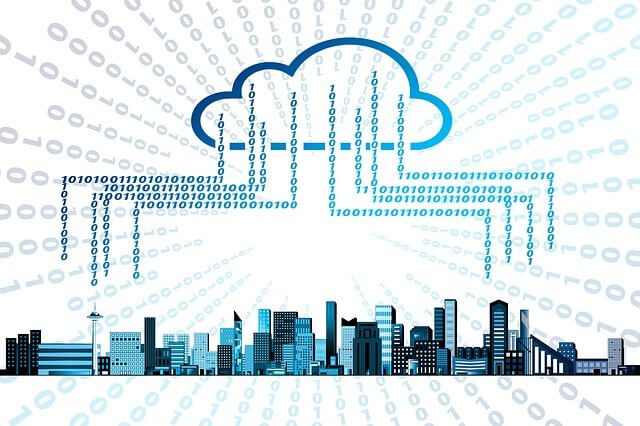The world is fast moving online with 46.1% of total world population now connected to the web according to internetlivestats.com (as on July 1, 2016). A remarkable instance of this phenomena has been experienced in India with a notable increase in the past three years i.e. 18% of the Indian population online in 2014, 27% in 2015 and 34.8% in 2016 (as on July 1, 2016).
Today activities performed over the internet are not just limited to technology freaks for technical uses, rather every second individual is enjoying the easy internet availability and accessibility for day-to-day purposes like banking, ecommerce, education, entertainment and many more. Markedly, the wave of smartphones has definitely acted as a catalyst to this tremendous internet growth.
As an increasing number of users are demanding online services, the background mission of providing balanced security and convenience is seeming to be a tough challenge due to numerous obtrusive actors collectively referred to as “Cyber-Crime”. Simply stated, “Cyber-Crime” is crime that involves a computer and a network. (Moore R, 2005).
Cyber-Crime is being considered a serious threat to all the aspects of a nation’s economic growth as maximum instances of the same are being observed in financial institutions. Cyber-Crime incidents include but are not limited to credit card fraud, spamming, spoofing, e-money laundering, ATM fraud, phishing, vishing, identity theft and denial of service.
Today, web technology has emerged as an integral and indispensable part of the Indian Banking sector. The enlargement of non-cash based transactions around the globe has resulted in the steady development of robust online payment systems.
While paper-based transactions cleared through cheques amounted to Rs 85 lakh crore in FY15, paperless transactions, including retail electronic transactions such as ECS (electronic clearing system) debits and credits, electronic fund transfer, card transactions, mobile transactions and prepaid instruments were to the tune of Rs 92 lakh crore in the same.
India has seen an upsurge in the volume of debit/credit cards due to increased online acceptance through alternative channels, including internet, ATM and mobile banking. In the days to come, this volume will gain traction as the youth generation will enter the economic gyration.




